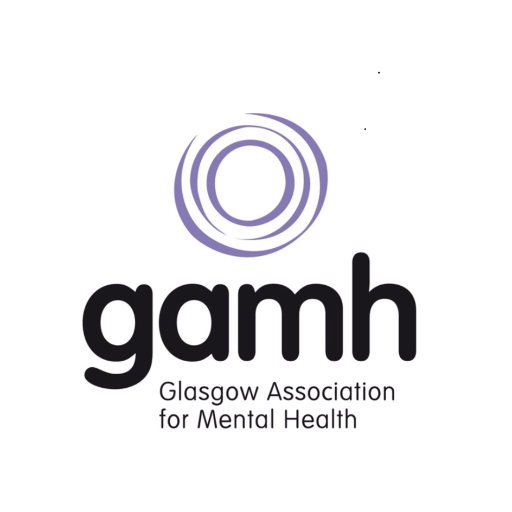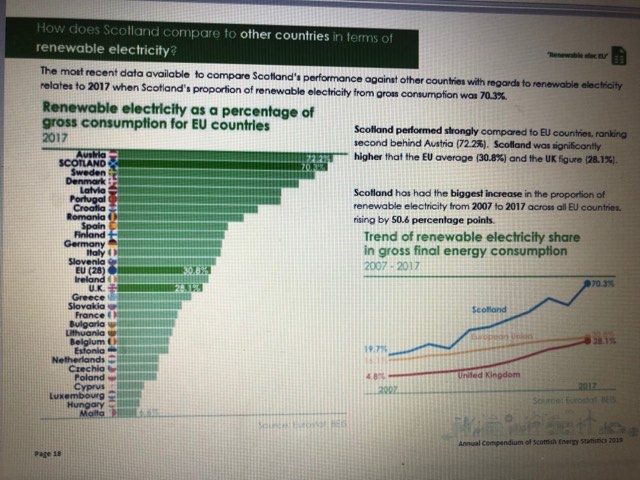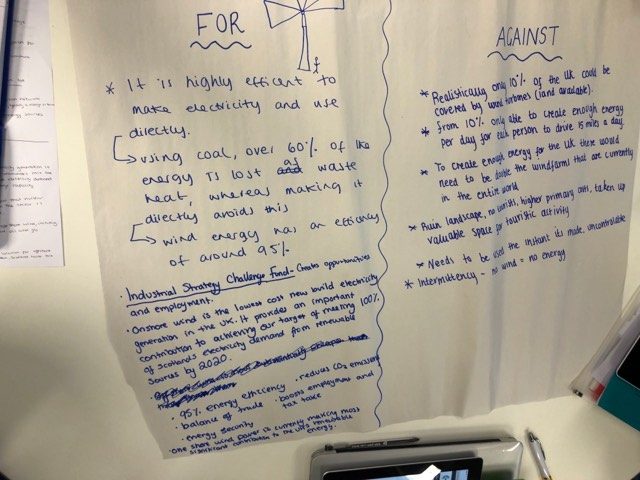 For my community project I volunteered at Glasgow Association for Mental Health (GAMH) .I volunteered at one of the groups set up for young carers. These groups are set up for children who are the predominant carers at home due to their parent/guardian suffering from a mental health issue. The organisation runs these groups so that the young careers can have time away from their daily responsibilities to relax and have fun with people in similar circumstances. The group sessions provide several activities for the young people surrounding physical activity and creative arts, as well as offering health and wellbeing workshops so that young carers can get support GAMH, (2019). I really wanted to get involved with GAMH because of an input we had in Inter-professional Working that shocked me with the number of young carers that exist in Scotland. Before the input I was completely unaware of the roles and responsibilities that these young people take on so it was a complete eye opener for me. The roles that they take on force them to grow up at such a young age and because of it they miss out on lots of opportunities especially socially. When I was speaking to my peers about how shocked I was, one of them suggested that I contact GAMH as they knew someone that had a positive experience volunteering there. So I contacted the project leader and set up a date.
For my community project I volunteered at Glasgow Association for Mental Health (GAMH) .I volunteered at one of the groups set up for young carers. These groups are set up for children who are the predominant carers at home due to their parent/guardian suffering from a mental health issue. The organisation runs these groups so that the young careers can have time away from their daily responsibilities to relax and have fun with people in similar circumstances. The group sessions provide several activities for the young people surrounding physical activity and creative arts, as well as offering health and wellbeing workshops so that young carers can get support GAMH, (2019). I really wanted to get involved with GAMH because of an input we had in Inter-professional Working that shocked me with the number of young carers that exist in Scotland. Before the input I was completely unaware of the roles and responsibilities that these young people take on so it was a complete eye opener for me. The roles that they take on force them to grow up at such a young age and because of it they miss out on lots of opportunities especially socially. When I was speaking to my peers about how shocked I was, one of them suggested that I contact GAMH as they knew someone that had a positive experience volunteering there. So I contacted the project leader and set up a date.
Prior to my day of volunteering I done some research into the GAMH project and had a look at their social media to gain some insight into what kinds of events and activities the organisation takes part in. I also communicated with the project leader to ask what activities they had planned for the date that I was volunteering and if they required me to bring anything along. The General Teaching Council, (2019) highlights the importance of having professional knowledge and understanding in enquiry and research which I clearly demonstrated by extensively reading their website and social media accounts. I done this to help better my overall understanding of what the organisation does on a daily basis with/without the children. I also demonstrated the skill of enquiry when I asked the project leader what activities I would be taking part in for my visit and what I would need to bring, I done this so I was prepared for the visit.
Prior to the group arriving I met with some of the volunteers that work with them on a regular basis. I helped to set up the activities and took this as an opportunity to ask the questions I had about the group to see if I could gain any insight. They told me that some of the children were more reserved than others but that overall that they were a lovely group to work with. The volunteers were very welcoming and helpful, and I really enjoyed conversing with them about their experiences of volunteering with GAMH. When I was volunteering it was Halloween season, so the group was carving pumpkins and completing a Halloween related crossword and quiz.
Here is the process of carving and some of the finished results.


The group I worked with consisted of 10 carers aged 12-15. At first, I was nervous because I had limited experience working with older children however when the group arrived, I was instantly put at ease as some of the group started chatting with me and asking questions. This surprised me as I was preparing for everyone to be be distant /wary of me at least to begin with due to me intruding into their weekly sessions however I instantly began to bond with a few of the young people. Whilst the group were completing their activities, I tried to mingle with everyone, but I found it quite challenging interacting with a few of the children as they were more reserved. I think this was particularly challenging for me as I’m not used to working with older children, so I struggled to communicate with them especially when they were reserved. I was afraid that I was too condescending. Although this was challenging, I persevered and tried to find some common ground that would allow me to connect with the few reserved people.
Overall, I think that this experience was good for me as a student teacher and as a person. Although I will be working with a younger age group, I will encounter young carers in my classroom at some point. Research by Young Carers Services and Carers Trust Scotland shows that within every class in Scotland there is at least 1 carer in every 10 people Carerstrust, (2019). This experience has allowed me to gain a newfound understanding for all the selfless work that young carers do for their families and the cost this comes at. Volunteering at GAMH has also enlightened me into just how wonderful the organisation is. I now know first-hand how phenomenal the work they do is. They not only offer a wealth of support for both young carers and their parents, but they also provide young people with opportunities to socially interact with others who are facing a similar situation to them, without GAMH these children would otherwise miss out on a great deal of experiences.
Carerstrust. (2019) Scotland’s young carers come together to celebrate and learn more about their rights [Online] Available: https://carers.org/press-release/scotland’s-young-carers-come-together-celebrate-and-learn-more-about-their-rights [Accessed: 20 November 2019].
GAMH. (n.d.) Young Carers [Online] Available: https://www.gamh.org.uk/project/young-carers/ [Accessed: 20 November] .
General Teaching Council for Scotland. (2019) Overview of the Standards. Available: https://www.gtcs.org.uk/professional-standards/engaging-with-the-standards/overview-of-the-standards.aspx [Accessed: 20 November 2019]






















